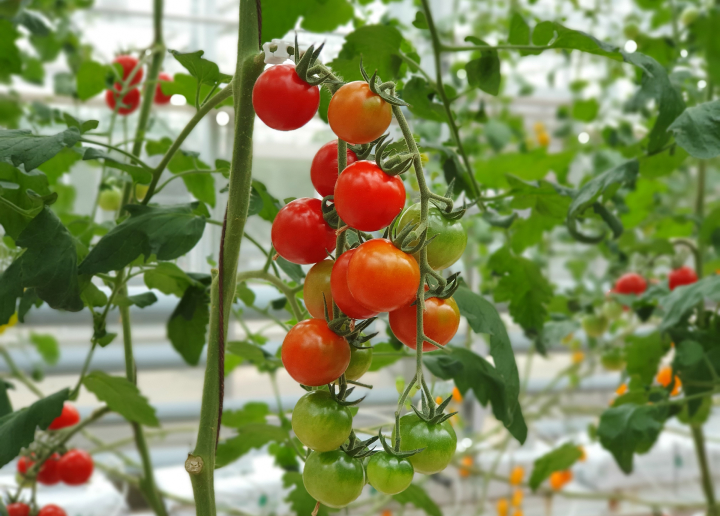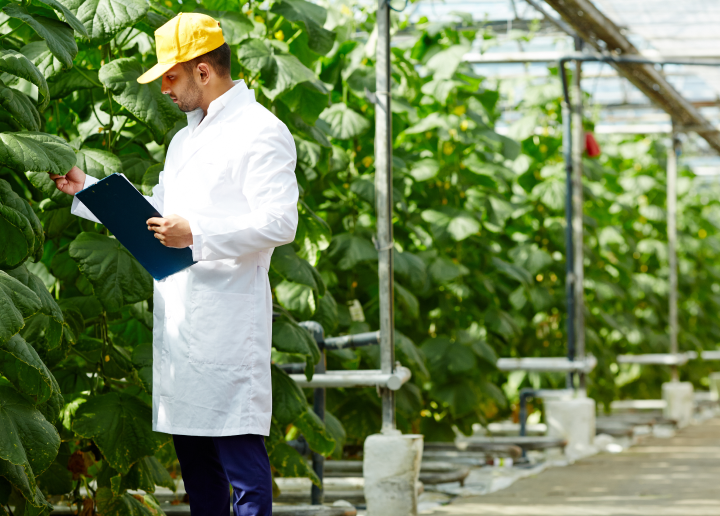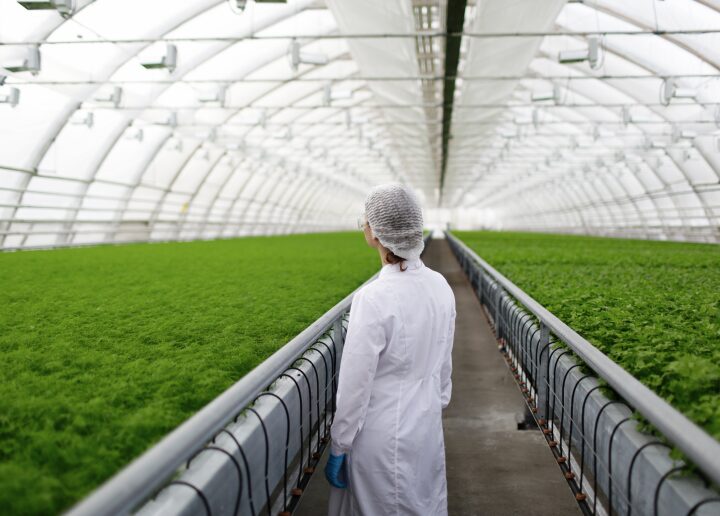The future of agriculture is of great interest in the age of innovation. Imagine a future, where more sustainable and more productive crops are grown with the opportunities offered by geothermal energy. As the representative of this future, we would like to invite you to discover geothermal greenhouses and their potential.
Thanks to geothermal greenhouses, the limitations of determining factors such as weather conditions, arable areas and natural resources are removed. With this innovation, crop yields increase and natural resource consumption decreases. Thus, it is possible to maintain an economical and sustainable agricultural activity.
From small-scale farms to large commercial enterprises, geothermal greenhouse cultivation, which is a new and advanced greenhouse cultivation method, can be applied. Join us as we explore how geothermal energy innovations are revolutionizing the agricultural sector. Let’s take a closer look at the potential of this sustainable, environmentally friendly and technological agricultural practice.

Geothermal Greenhouses and Potentials in Agriculture
One of the most prominent uses of geothermal energy in agriculture is geothermal heated greenhouses. Geothermal heating opens the door to a future where agriculture is not limited by seasons. The interior temperature of the greenhouses is stabilized at the desired levels and thus, the growth cycles of the plants can be better controlled. This method also yields effective results in terms of energy efficiency.
Geothermally heated greenhouses offer the advantage of keeping the growing conditions of the plants under control. This makes possible an agricultural practice that transcends the limits of the seasons. Crops can be grown without seasonal limits and more products can be obtained.
Since geothermal energy is obtained from natural resources, it is more efficient when compared to other energy sources. Geothermal heating systems used in greenhouses minimise energy consumption and reduce operating costs. Geothermal energy, which is an environmentally friendly option, emits less greenhouse gases compared to fossil fuels.
The Role of Hydroponics in Geothermal Greenhouses
The agricultural productivity is making great progress thanks to geothermal energy and hydroponic farming (soilless agriculture) practices. Hydroponic farming is applied by growing crops in technological greenhouses prepared with special systems and methods. This approach allows the roots of the plants to grow in an alternative medium instead of soil. This environment can be prepared by using cocopeat, vermiculite, perlite, rock wool, peat moss or liquid and gaseous materials.
Geothermal energy is a critical element that expands the application area of hydroponic farming. Hot water and steam used in geothermal greenhouses must be controlled precisely. By optimizing the growing conditions of the plants, higher yields can be achieved compared to conventional greenhouses. By employing geothermal systems, the interior temperature of greenhouses can be kept at desired levels
While the temperature of the greenhouses is stabilized at a balanced level thanks to geothermal energy, water saving is also ensured. The circulation of water in the environment around the plant roots supports the development of plants while minimizing water waste at the same time. Hydroponic farming helps increase crop yields while reducing the consumption of natural resources.
Hydroponic farming helps increase crop yields while reducing the consumption of natural resources. While conventional agricultural practices often cause soil erosion, hydroponic farming reduces this risk. The possibilities of geothermal energy have great importance and potential for the future of the agricultural sector. The possibility to control the growing conditions of crops, energy efficiency and water saving highlight the value of geothermal heating in agriculture.
The combination of geothermal energy and hydroponic farming has the potential to make agriculture more efficient. This combination will shed light on the implementation of agriculture in a more sustainable and environmentally friendly way in the future.

Sustainable Agriculture Towards a Green Tomorrow
Sustainable agriculture aims to preserve food production for future generations. Geothermal energy plays an important role in achieving this goal. While traditional agricultural methods consume natural resources, these resources are used more efficiently in geothermal agriculture. Thus, an environmentally friendly and sustainable production is realized.
Geothermal is an important opportunity and a major innovation shaping the future of agriculture. Geothermal energy strengthens our belief in a greener future by making agriculture cleaner. Considering this important contribution of geothermal energy to the future of agriculture, we can look to a sustainable future with hope.

